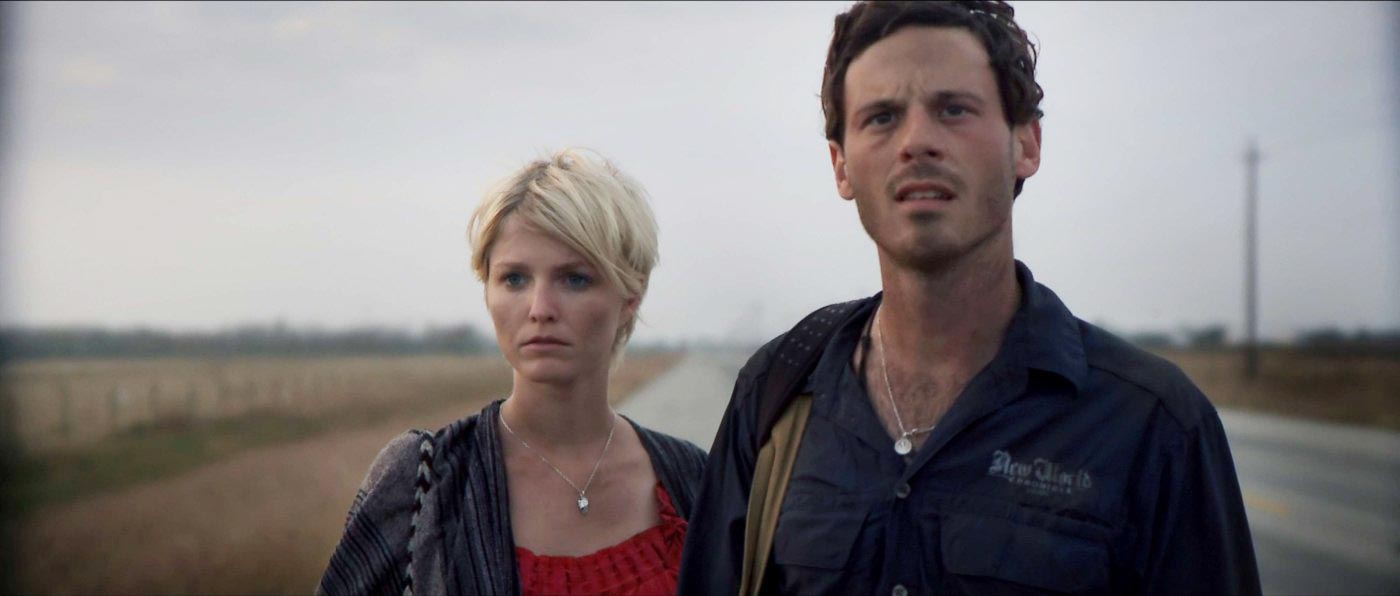Gareth Edwards wrote and directed the 2010 British science fiction horror movie Monsters in his feature directorial debut. In addition, Edwards worked as a visual effects artist, production designer, and cinematographer.
Years after a NASA spacecraft crashes in Mexico, which triggers the abrupt appearance of enormous tentacled monsters, the movie takes place.
It centers on American photojournalist Andrew Kaulder Scoot McNairy, who is tasked with escorting Samantha Wynden Whitney Able, the daughter of his employer, back to the United States by passing through Mexico’s “Infected Zone,” where the creatures live.
After watching fishermen use a net to try to catch something and picturing a monster inside, Edwards had the concept for the movie.
He presented the idea to Vertigo Films, who advised him to watch the low-budget movie In Search of a Midnight Kiss with McNairy. McNairy and Able were chosen by Edwards for the starring roles.
An eight-person production crew was on hand for the three weeks of principal photography. Five countries were used for filming, and other locations were exploited without permission.
All of the extras’ conversation was improvised, and Edwards gave them summaries of the main plot points.
The majority of the extras were people who were present at these locations during filming and were persuaded to participate.
Plot Summary ![Monsters Ending Explained]()
Steve Harmon Kelvin Harrison Jr., a seventeen-year-old film student, is imprisoned and charged with the murder of Aguinaldo Nesbitt, a bodega owner. Richard “Bobo” Evans John David Washington and William King Rakim Mayers, two of his other friends, are also accused of crimes.
Jennifer Ehle plays the role of Maureen O’Brien, Steve’s defense attorney. The main thrust of Steve’s argument is to establish his innocence by demonstrating his lack of ties to William King and Bobo, two other suspects.
On the day of the robbery and murder, however, a white woman spotted Steve leaving the bodega before the crime was committed.
A further look reveals Steve’s relationship with King and Bobo, who shared Steve’s neighborhood.
Steve Harmon defends his version of events because it is all he has, and it will safeguard his future, while the state’s attorney, Anthony Petrocelli Paul Ben-Victor, and other jury members only see two black adolescents who tried to loot the establishment but ended up killing the store owner.
Also Read: The Exorcism of God Ending Explained: Know More About the Movie.
Ending Explained

In his testimony before the court, Bobo admitted that he and his cousin William King were among the two masked individuals that entered the store.
King was told to enter the store and signal to Steve Harmon so that King could do the same and rob the establishment.
Steve argues for himself while testifying in court that King did not ask him to enter the bodega on the day of the crime.
On his way home, he stopped in to purchase a soda drink. He thus disputes any association with King or the robbery. Steve here employs the Rashomon principle that Leroy Sawicki, his film instructor, taught him.
Rashomon emphasizes that each person experiences incidents from his or her own point of view, so the woman who saw Steve standing outside the bodega might have believed that he was associated with the robbers.
However, in response to Petrocelli’s cross-questions, Steve defends himself by claiming that he was checking the light when the lady passed him while he was outside the store. Everyone is persuaded by Steve’s claim since it is so true.
In actuality, King actually signaled Steve to enter the store after threatening him. But he concealed those details because, while he might not have committed the robbery or the murder, the jury members were likely to find him guilty if they discovered his connection to the incident.
They believe that black children should always be viewed with suspicion, and regrettably, many people share this belief.
William King and Bobo are found guilty of the crime by the jury. Steve is found not at fault. But in the end, Steve’s mind is still plagued by the horrors of his imprisonment.
He was treated like a monster in prison, and he still harbors the horror and gains within him. He also recalls the 93 steps he walked to get to the store when he joined the robbery.
He makes an effort to suppress his claustrophobic feeling in the hopes that it will eventually vanish.




Comments are closed.